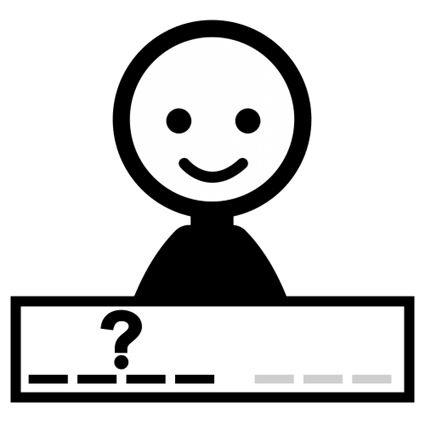Dictionary
Bench

Definition:
- Long seat on which two or more people can sit.
- Asiento largo en el que pueden sentarse dos o más personas.
Example:
- The old man sat on a bench after walking for an hour.
- El anciano se sentó en un banco después de caminar una hora.
Spanish word:
Banco.
Audio:
On behalf of

Definition:
- Expression by which it is stated that a person acts representing another one.
- Locución por la que se hace constar que una persona actúa en representación de otra.
Example:
- The father signed the authorization on behalf of his son.
- El padre firmó la autorización en nombre de su hijo.
Spanish word:
En nombre de.
Audio:
Throughout

Definition:
- Preposition referring to the process from beginning to end of an action.
- Preposición que refiere al proceso de principio a fin de una acción.
Example:
- The train crossed through a dark tunnel.
- El tren cruzó a través de un túnel oscuro.
Spanish word:
A través de, a lo largo de.
Audio:

